Q&A: Discussing, COVID, Community and Costumes with the Arete Academy
January 11, 2022
Last week, I interviewed three of the teachers of the Arete Academy, Mr. Gregg Goers, Mrs. Suzy Weisgerber and Mr. Patrick Hollet. Our discussion centered around the effects of COVID-19 on the academy, as community outreach and student-project interaction are its core values. As a former member, I wanted to get an understanding of the changes to the program and give students a glimpse into its future.
Dungan: Could describe the Arete Academy, for those who might not know what it is?
Goers: The Arete Academy is a program where we use math, social studies, science and English to explore a topic or answer a question using the classwork from each of the subjects.
Dungan: How would you describe how projects are graded?
Goers: I can say English-wise, we use all of the same targets and we do all of the same assignments, just in a way that suits our needs.
Weisgerber: Our targets are the same. For example, the social studies targets I use are the same ones that Rundquist uses or Severson uses. I think the big difference is, especially for Gregg and I, is that we see the overlap between social studies targets and English targets. They might be worded a little bit differently, but the meat of the target is the same. It’s kind of nice because we’ll throw a target into an assignment or a project and it hits both English and social studies. That gives us more time, so over the course of the year, we have lots of extra time that we can use to help kids develop their success skills in class, thanks to our targets overlapping.
Dungan: How, if at all, have you changed your lessons, projects and the way you run class because of COVID?
Weisgerber: Initially it was like “oh no, this is going to be really difficult because we are so involved in the community.” We thought that our kids would not be able to get out there and meet with other people. We actually found that last year we were covering government targets, and so we did this Civics In Action project that we never would have done before. I don’t think we would have ever even had that thought come into our mind and it was just great because our kids still got to work with community members over Zoom. They met with these community members and found out some problems that these community leaders might be having, or ways that our kids could help. So our kids created some ideas on what the city could do to improve: For instance, creating a painted wall where people could come and take pictures in front of, or bike Lanes in downtown Neenah. They planted the seeds of some potential projects that the city might be able to develop at some point.
Hollet: We were also able to have video conferencing with more guest speakers and visitors via Zoom. We wouldn’t have been able to necessarily get them in without that availability, and now we can assume that people know how to video conference, whereas before it might not have been something they would have been willing to try or do.
Goers: If we have five or six adults come into our school, leave work, drive here, find a place to park, go through the hassle of checking in at door 3, finding our room, all that stuff, every bit of that is one third of the amount of time that they spent in our room. Just being able to go “oh 10:15 we’re meeting and then you’re back to regular stuff.’” I think people were more willing to join us.
Dungan: What other projects has the Academy adopted because of COVID and virtual school?
Weisgerber: Remember the Bliss Project?
Dungan: Yes.
Weisgerber: We never thought about doing that until COVID, and Goers and I were super happy with the outcome of the Bliss Project. Kids took targets from English and social studies, the ones that they wanted to do, and they picked two themes like writing and change in religion. So they got to put these two things together and create a project. We had so many awesome projects: somebody analyzed works of poetry from the Middle Ages and created a claymation based on that. We had other people building these beautiful diorama boxes with all sorts of works of art so you could use your art skills but also conduct an examination of Renaissance Pieces.
Dungan: How has your community outreach been impacted? Arete used to go to the American Grand and hold community performances like the Pop-Up Magazine. Has that changed?
Weisgerber: Last year we didn’t go anywhere or do anything, except at the end of the year we were given permission to work with Habitat for Humanity to clean up some garbage over by the Best Western. Last year was bad: no field trips, nothing. This year we have been able to do a few things; not as much as we’d hoped. So yes, there has been an impact.
Hollet: This year has opened up some. We were able to go to Fox Valley Tech and we were able to do some community cleanup with fall leaves.
Weisgerber: We went to Prairie Home and actually did quite a lot. We spent just a couple hours there, but we moved all the furniture out of one of their big houses into another so that they could remodel it. It was very much appreciated and our kids threw a holiday party there, and they are super loved. The workers loved it as well.
Goers: Another project we did was raking 27 lawns over on Reed Street.
Weisgerber: So we are slowly finding things and people who will take us in and let us serve them.
Dungan: The next question is about genius hour. I’ve heard from some students that they no longer have exhibitions. Is genius hour still a part of the academy?
Goers: Last year we did it, and there was no live exhibition. Kids made a 1 minute video of what they learned or of their learning process. In terms of presenting to a group of people, there was none of that at all last year. Right now we are scheduled to have an exhibition in the middle of March –a live one– but the way things are going right now, we do not know if that will be allowed.
Weisgerber: When you were with us, Arete met every day. Every Thursday we had genius hour work time at the end of the day. Now because of the alternate schedule, the day 1-day 2, we only see the Arete kids on day one, so there are times where we only see them twice a week. It has been really hard to carve out time when we only see them twice a week. The videos were great, I mean, as teachers we thought it was great to have everything in one folder. The kids could see what the other projects were, but it really lacked when it came to that authentic talking to other people aside from your teachers and students about what you learned, what you did and the impact you made.
Goers: That was the one aspect that I missed in our whole description of Arete: we want to have a public exhibition of learning. We miss that public exhibition whereas this year we did the Living Museum, and we were able to go over to Shattuck and still do that. It was great to get a sense of normalcy there.
Dungan: Was there a difference in the projects? Not in quality, but were students doing different things since they were more at home last year?
Hollet: I would say that. It seems like out of necessity, there were less projects last year where they were going out into the community and doing something at other places, probably because those other places did not want extra people coming in.
Dungan: Continued off of this approach, with virtual learning last year, was there a change in the dynamic of students? How much do you think they were getting out of projects even though they were virtual? I know that so many teachers found it was hard to get students to interact over Zoom and communicate with others.
Weisgerber: It was hard because I was not a student. I was seeing things from a teacher’s perspective, but when we were all virtual, I felt it was way better than having some virtual and some face-to-face. When we were half-and-half with the face-to-face kids, teachers could see their engagement, but it was really hard to keep track of what was happening with the Zoomers.
Goers: If they had their camera off, they may or may not be there, or paying attention, or awake or anything, so it definitely hampered our ability to pull something together and have a sense of where everybody was.
Hollet: With the ones at home, when I’m not necessarily looking at the screen and they do not want to speak up, there is no silent way for them to notify me that they have a question.
Weisgerber: In person, we can tell when a kid is struggling, even if they do not raise their hand. You can just see it. You can’t see it over Zoom.
Dungan: Especially since both the sophomores and the freshmen have not had a normal year of high school, is there a difference in the dynamic of the students, in the way they operate in the classroom? Is there a difference between them and the junior or senior class?
Weisgerber: This group that we have right now is super creative.
Goers: Very willing to perform, do anything, wear costumes.
Weisgerber: I’m not sure if that has anything to do with the fact that they have not had a normal school year here at the high school, they are just willing to get uncomfortable.
Goers: they are wearing costumes, bringing costumes from home. Then they are practicing in them, walking around in the hallways in them, whereas I think other years if they were going to wear something, people have been like “I’m just putting it on in here and I don’t want anybody to see me outside of the room.” So in terms of the students interacting, I think last year was a real struggle. This year has been better in terms of being able to mix kids up have them with different groups.
Weisgerber: Another thing that I find really interesting this year is that on a day 1, when we have the kids, I would say the majority of them do not leave for lunch. They stay in the room. They want to be with their peers in this room, so it tells me that they really like each other. They really want to be with each other. I’m feeling good that the sense of family has returned, and it has returned remarkably more than anytime we have ever seen in the past.
Dungan: Hopefully not, but if COVID continues into next year, what are your plans for the academy, especially since learning might be virtual at the start of the next year?
Hollet: I think we have the advantage that this time it is expected, whereas the first time we went all virtual no one knew what to do, to figure out how to do video calls and how to get everyone on the video calls. I think we will be able to go in with a game plan this time since everyone will be on the same page.
Weisgerber: We as teachers and students are way more flexible. COVID has taught us to be flexible. Because we are flexible, I just think no matter whatever big, giant thing comes our way; I think it is going to be like: “this is how we do it and this is what we do.” I think if tomorrow all of a sudden they said “we’re going virtual through the end of the year” I think we would all be okay. We might not love it, but I think we would be okay. We would make the best of it because we have done it before.


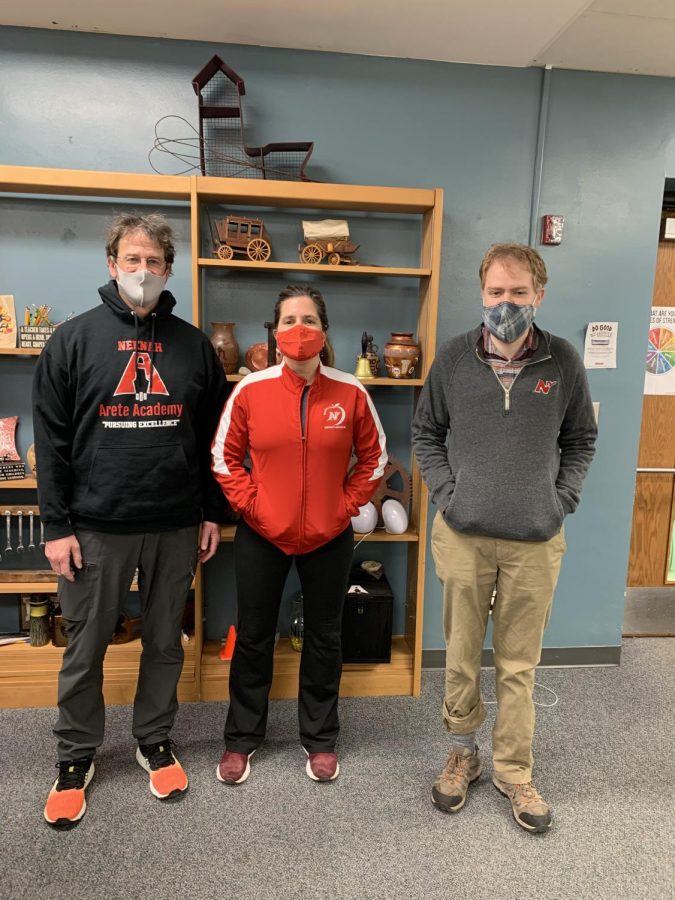
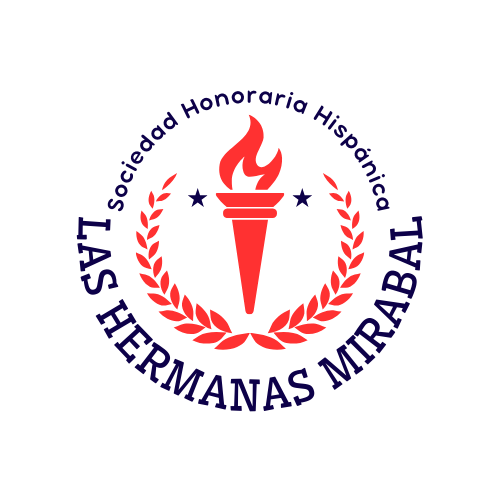
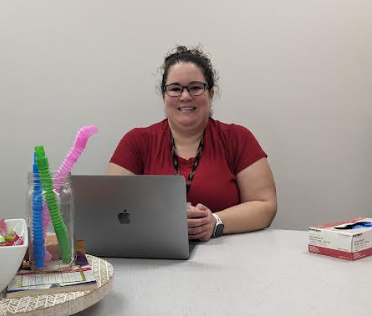
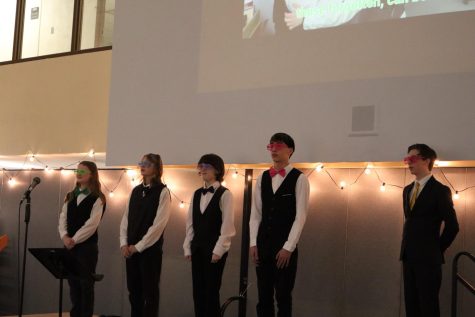
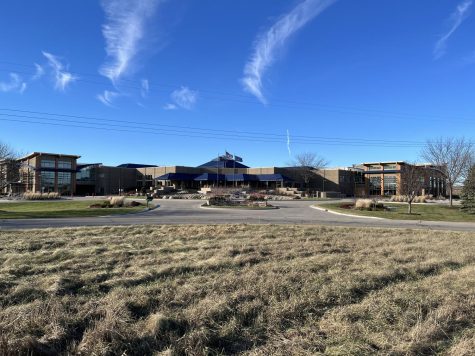
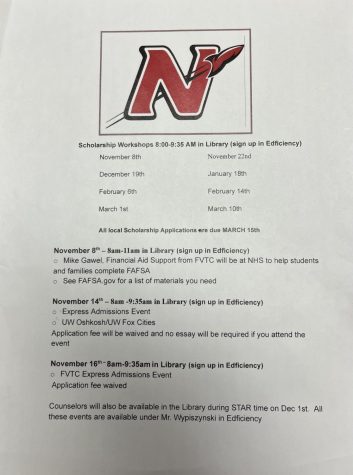
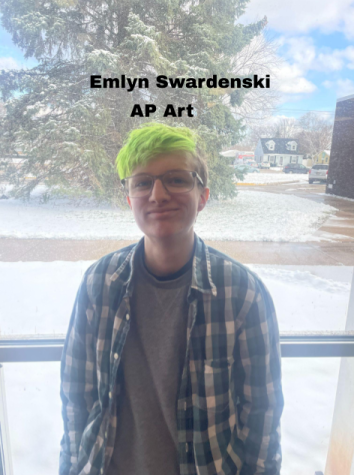
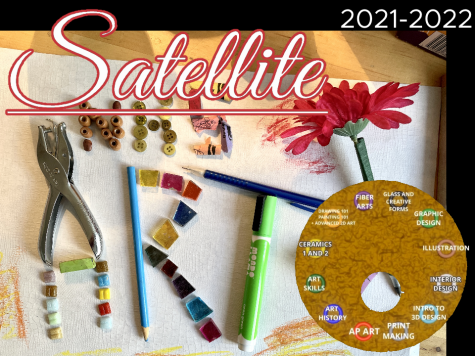
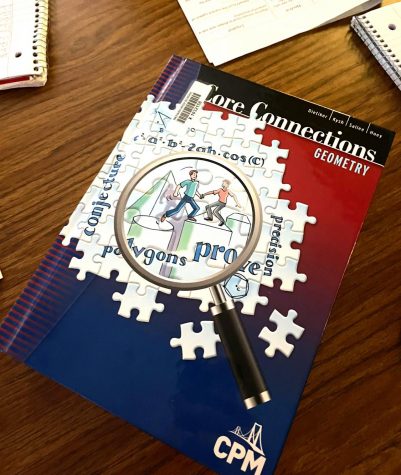

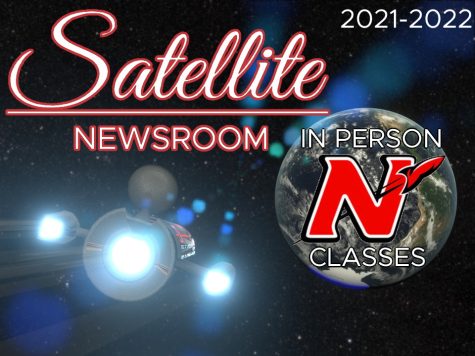
Lily Heidorn • Mar 29, 2022 at 1:22 PM
I remember when they told us about Arete in grade 8. Having friends in those classes, I’ve always appreciated how students interact with the community and apply their learning. Even though COVID, some of the activities seem so fun!